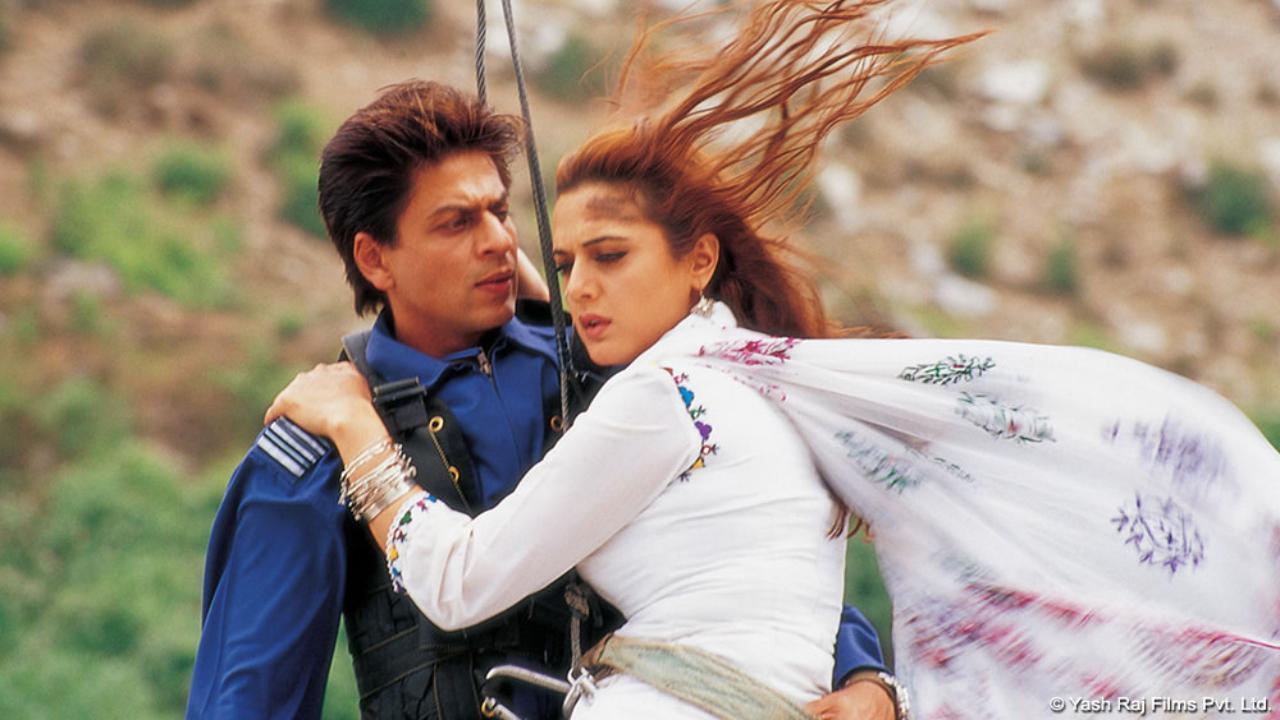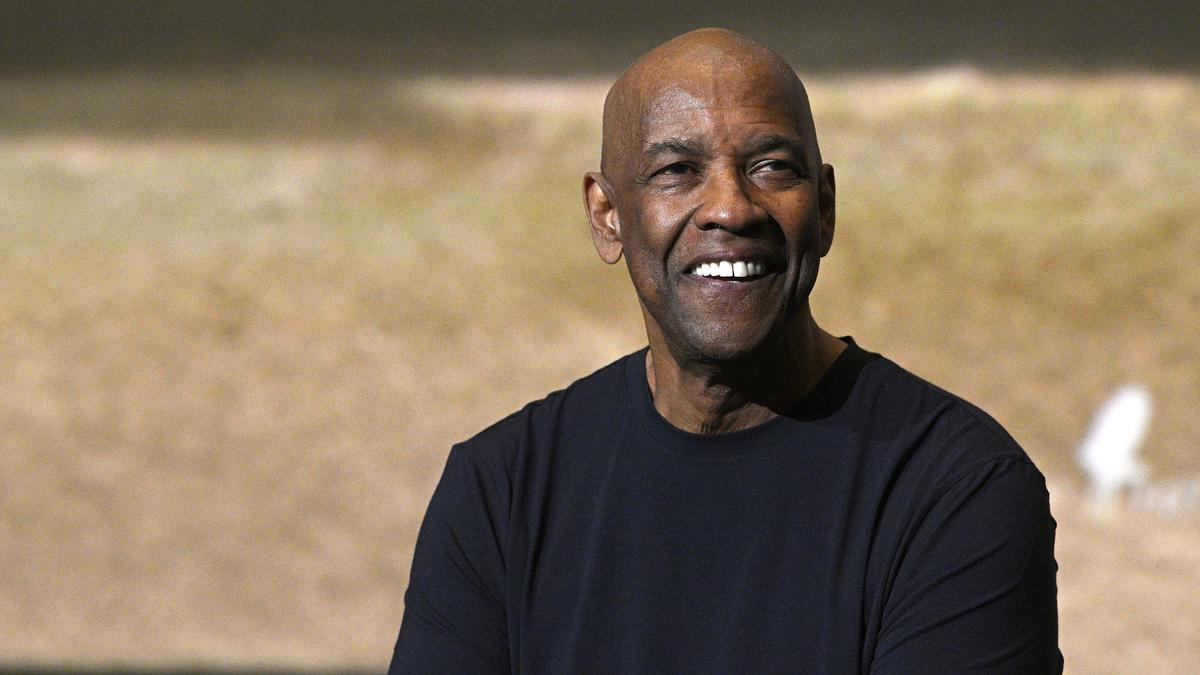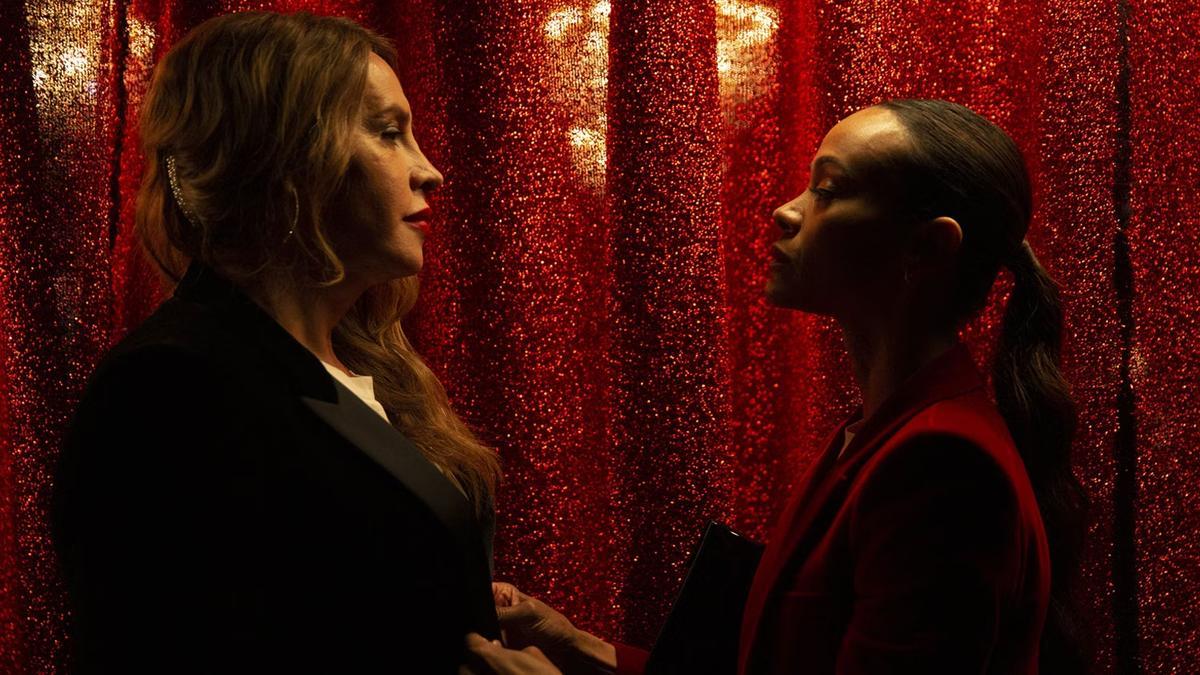
In 2011, the art world mourned the passing of M.F. Husain, a prominent figure in Indian contemporary art who died in London at the age of 95. A tribute authored by Ruchir Joshi in The Telegraph, Kolkata, offered a contemplative view on Husain’s journey—hailing him as the kindest member of the Progressive Artists Group, but also as one perhaps less original, drawing intensely from masters like Picasso and Matisse.
The tribute highlighted the duality of Husain’s legacy, recognizing his remarkable imprint on the art scene yet reconciling with the sorrow of his self-imposed exile. “Husain’s departure [in 2010] for Qatar… marked a defeat for a certain idea of modern India,” Joshi penned, “his death presents a challenge to those of us who felt diminished and humiliated by the old man’s exile.”
More than a decade after his death, Husain’s creations remain as influential as ever, still highly sought after by collectors. The exhibition “The Rooted Nomad,” opening at the Magazzini del Sale in Dorsoduro, Venice, serves not just as a glimpse into the artist’s multifaceted life and works but as a poignant reaffirmation of the values and narrative he wove through his artistic endeavors. Bringing his oeuvre back to a city where he once showcased his work during the 1953 and 1955 Venice Biennales, the showcase is poised to enlighten a global audience about the artist’s continued relevance.
Presented by the vaunted Kiran Nadar Museum of Art and carefully curated by its director and chief curator, Roobina Karode, the exhibition presents the meticulous selection from Husain’s vast and prolific array of works. This presents both a challenge and an opportunity to present a renewed viewpoint to an international viewership, bridging the gap between the maestro’s vision and art lovers around the globe.
There’s a deliberate two-fold narrative within the gallery walls: an initial encounter with Husain’s tangible pieces—like “Yatra” from 1955 and “Blue Ganges” from 1966—leads patrons into an immersive virtual experience. This staging is a gesture Husain, with his unquenchable curiosity and defiance of the imagined divides between popular and serious art, would have likely embraced.
Husain’s life was etched in the dualities of deep Indian roots and a global nomadic lust for life that nourished his artistry. An advocate against religious polarization, an innovator beyond the structured artistry, Husain’s plethora of works reflected his view of India as a dynamic nation rapidly coming into its own. On display, beyond his sketches, calligraphy, and poems, are photographs capturing Husain through the lens of fellow artists and confidants like Parthiv Shah and Krishen Khanna.
One standout piece, “Karbala,” is an imposing work recognized for its powerful evocation of migration, mourning, and martyrdom. It’s showcased by the KNMA for the very first time, illustrating the attunement of Husain’s art to pulsating human narratives.
Kiran Nadar, founder of the Kiran Nadar Museum of Art and a long-time friend of Husain, regards the exhibition as a 360-degree tribute slated to unfold Husain’s dreams and desires via a fusion of moving images and soundscapes. “It is a labor of love for India’s most compelling modernist,” Nadar reflects.
Looking upon the horizon of 2024, India, once Husain’s homeland, now appears as a terrain quite possibly alien to the liberated spirit of artists like Husain. In an atmosphere rife with polarization, Husain’s inclusive vision would be audaciously out-of-step with the prevailing push for homogeneity in cultural values and beliefs.
It is perhaps more stirring to ponder what Husain himself would make of today’s India. His creative zeal, evidenced across canvas, film, architecture, and public spaces, would undoubtedly find the sidelining from his nation’s transformative journey a poignant reality.
In life, Husain walked brazenly into controversy, invoking the wrath of fanatics and challenging national conscience without censoring his voice. That his works are no longer showcased in India on such a grand platform as they are in Venice stands testament to the cultural retreat the nation has witnessed since his departure.
The exhibition in Venice remains open to the public until November 2024, offering an avenue for art lovers and critics alike to reflect upon the enduring impact of M.F. Husain—a multi-faceted genius who weaved together the cultural fabrics of India through his evocative works of art.










